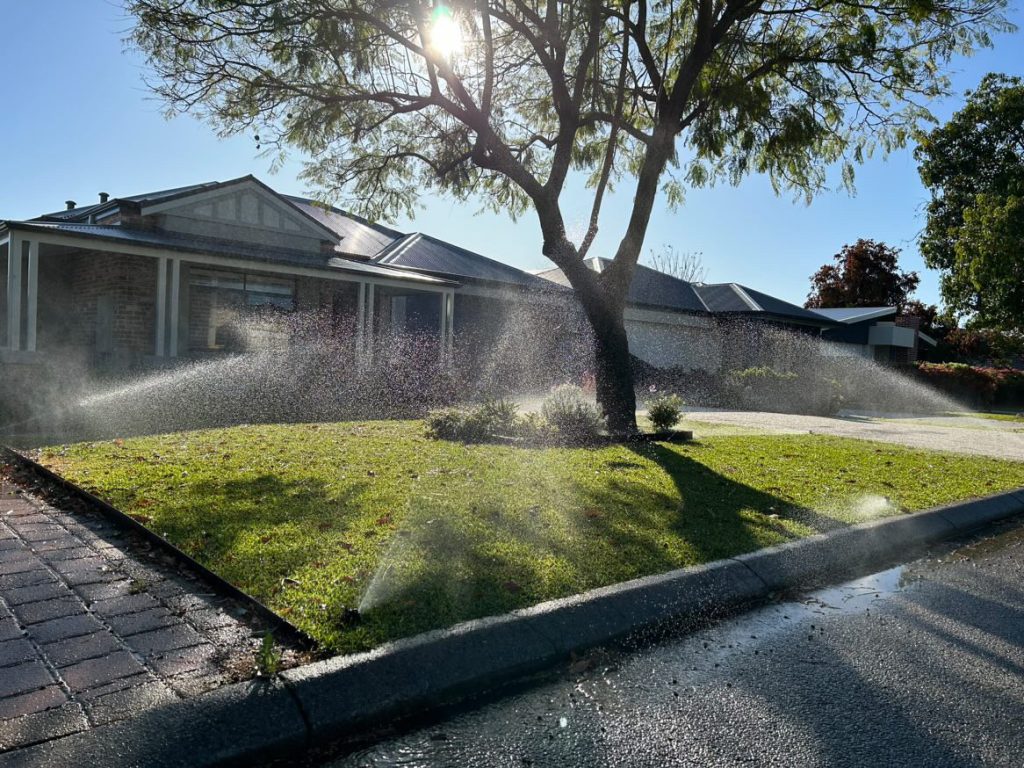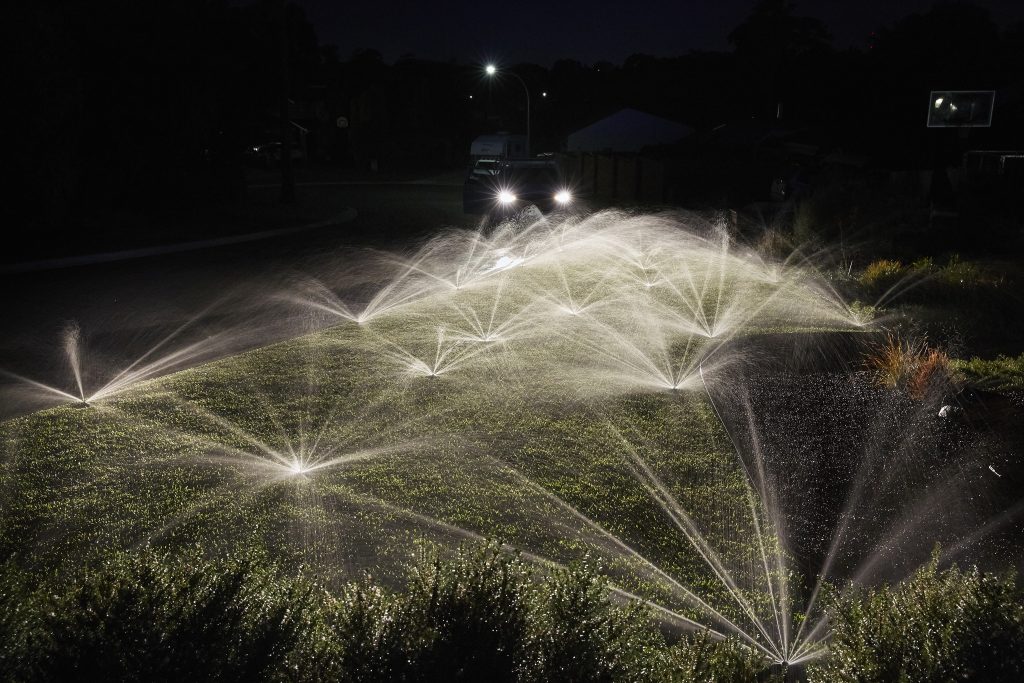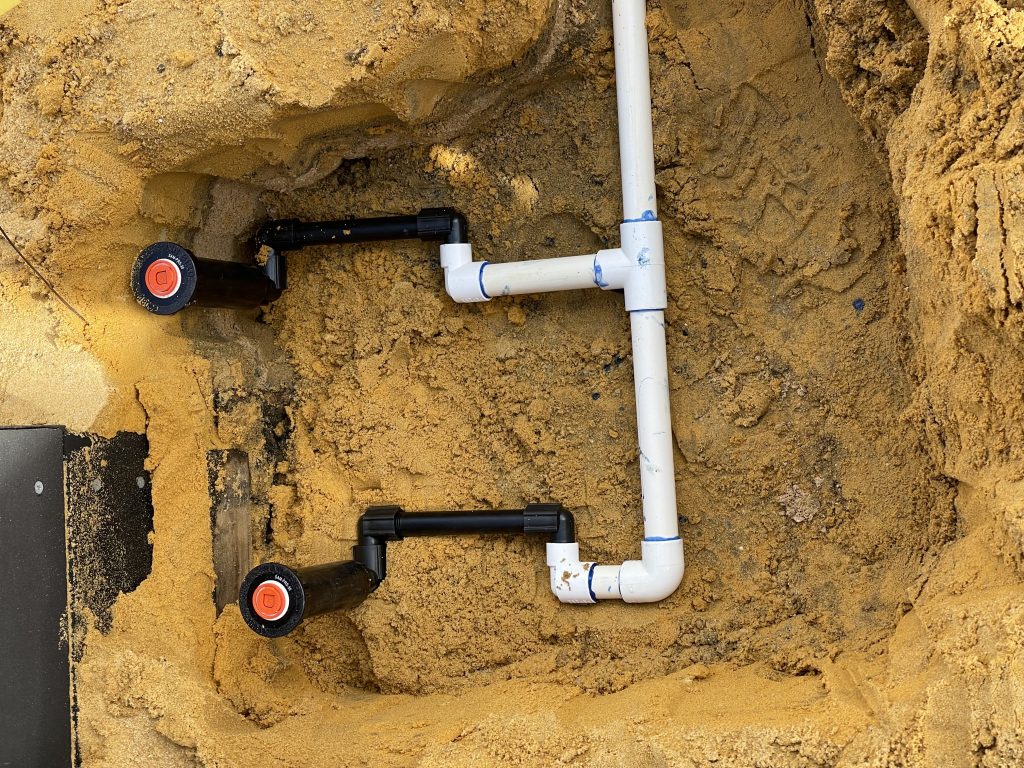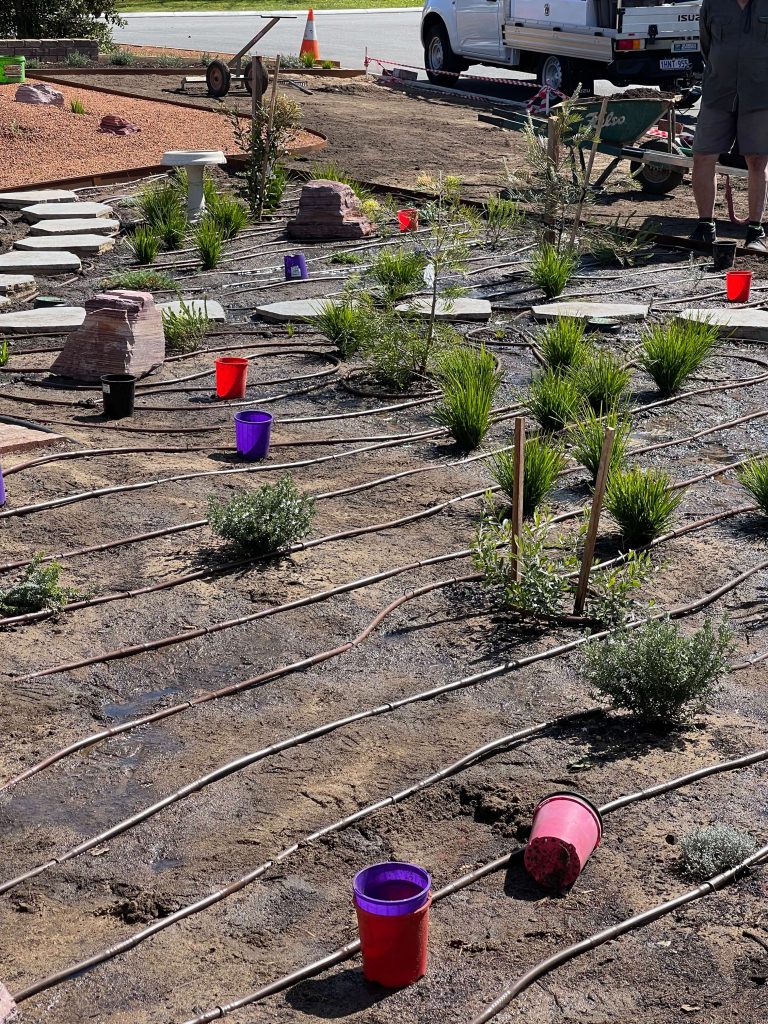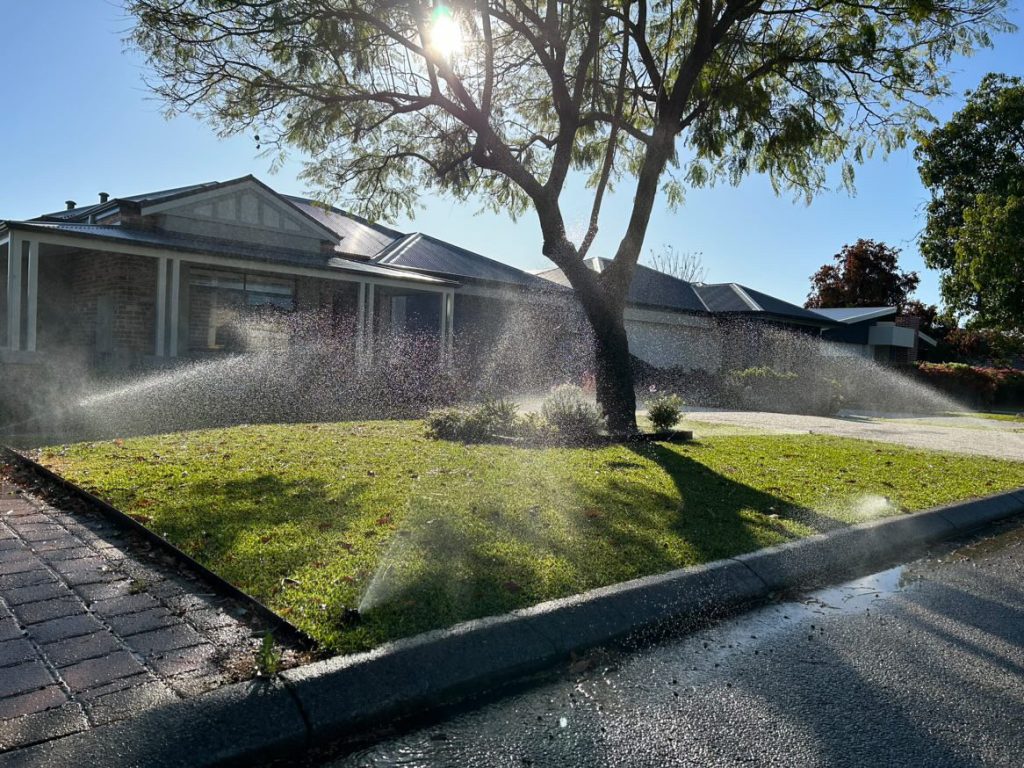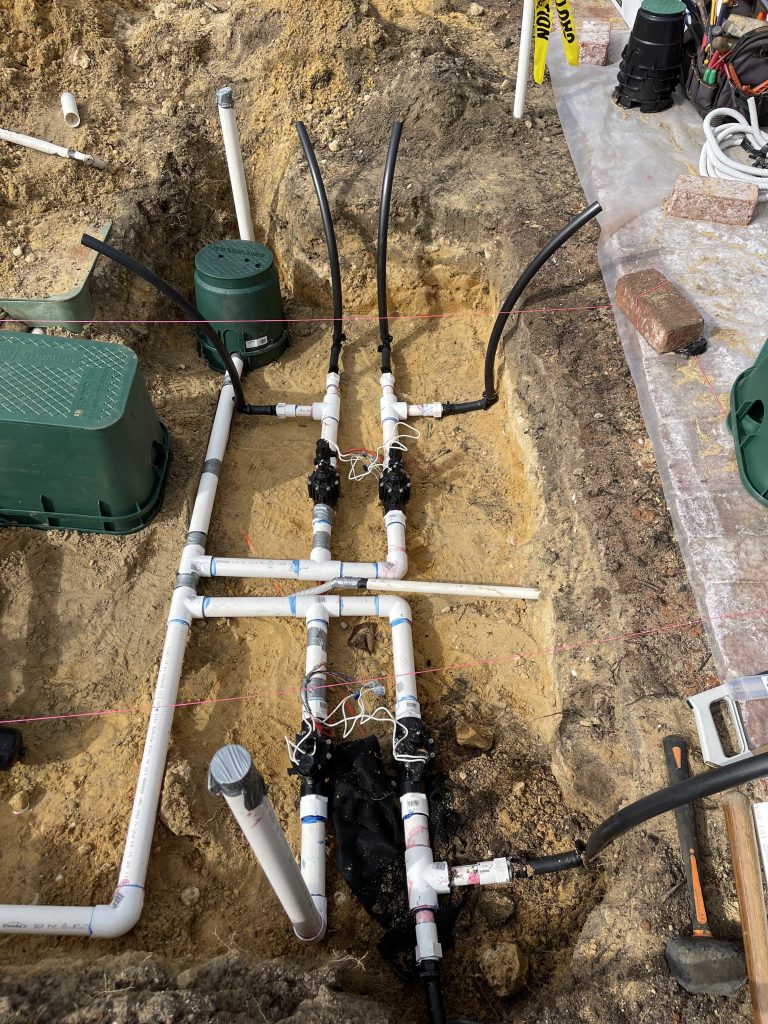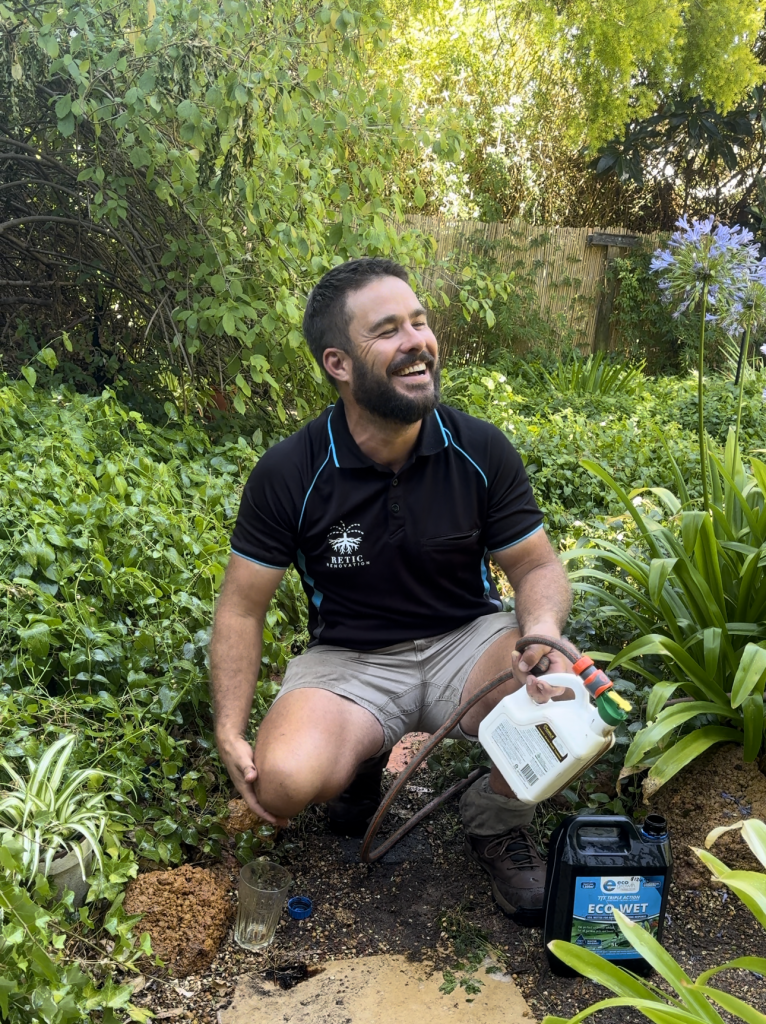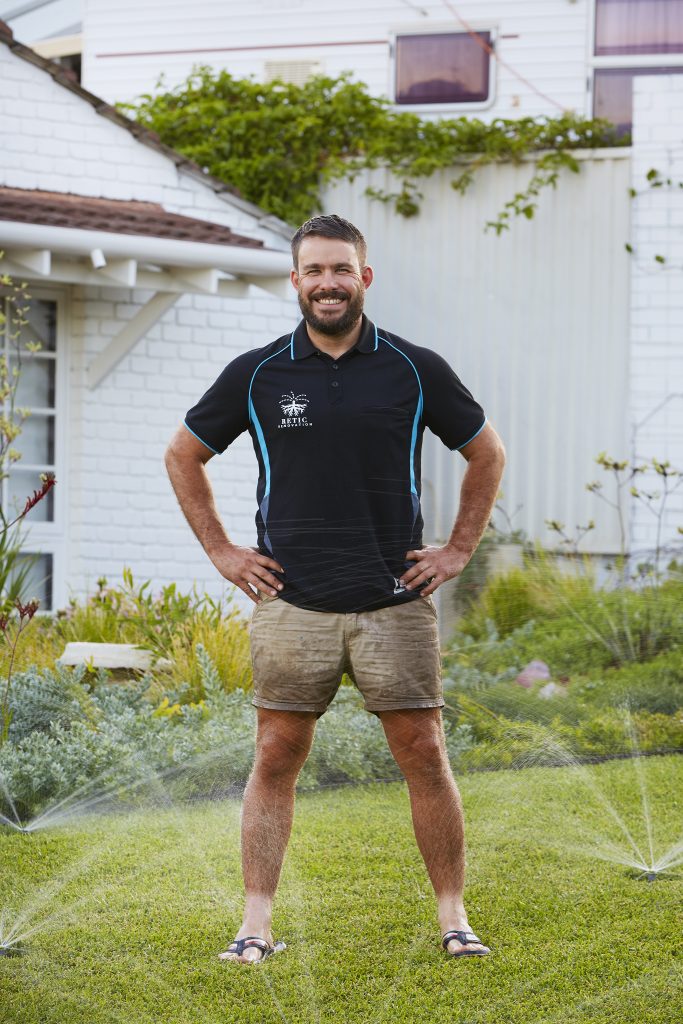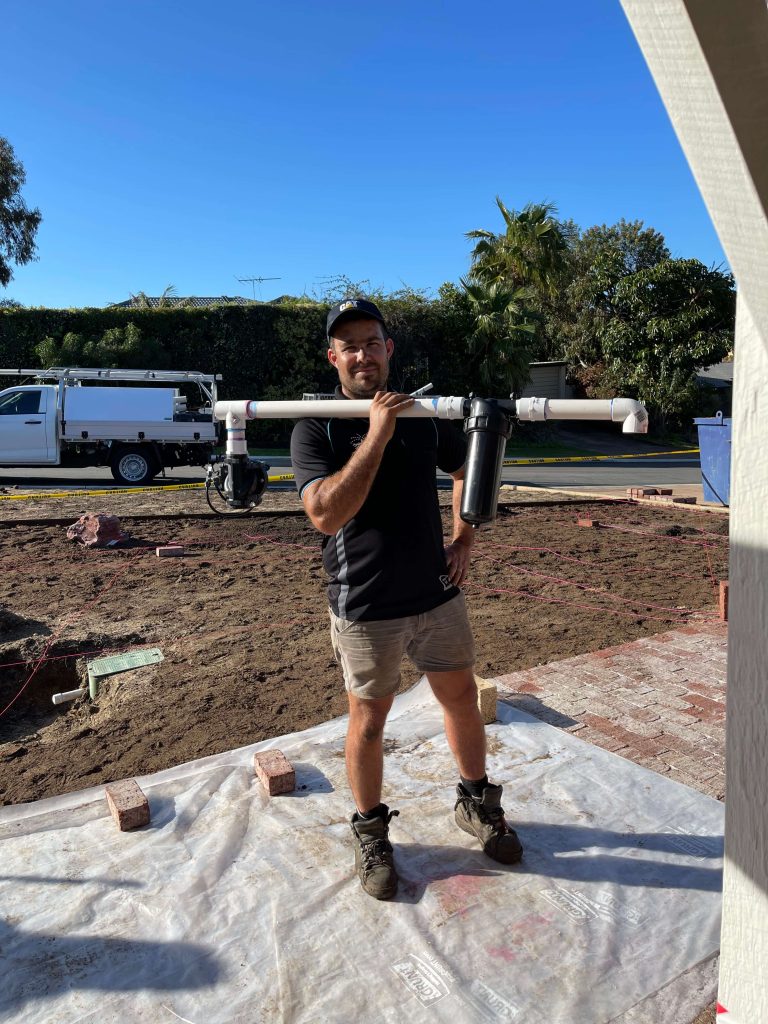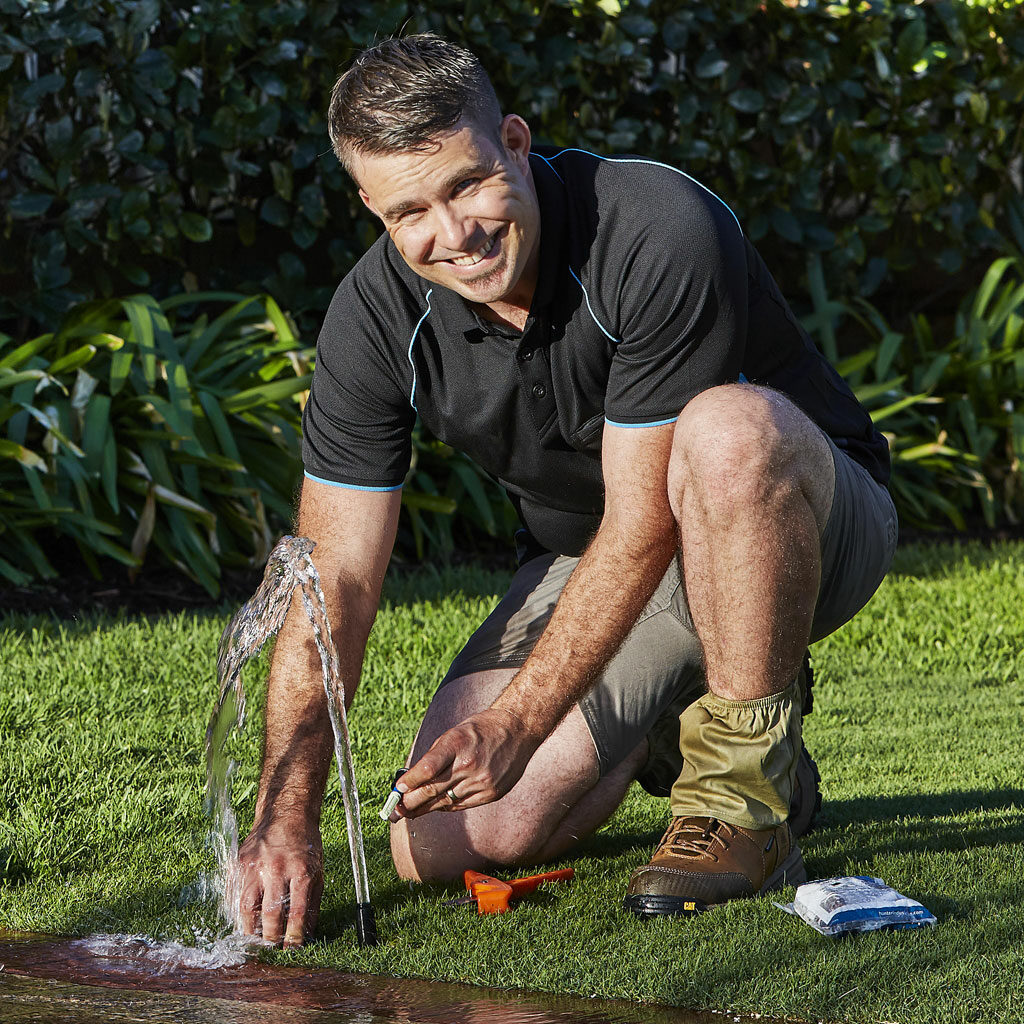Undervaluation of Reticulation – You get what you pay for!
One of the most significant challenges we’ve encountered with reticulation systems in Western Australia, based on our two decades of experience, is the widespread undervaluation of this trade and the proliferation of poor-quality work completed by retic companies. Regrettably, it is all too common for both customers and tradespeople to hold unrealistic expectations. Neither party fully recognizes reticulation as a legitimate trade. Installing a new reticulation system—methodically and carefully, including all wiring and conduits, ensuring sufficient stations, using pre-made manifolds, high-quality controllers, reliable pop-ups, and paying close attention to the placement of pipes and sprinklers, especially in established properties—demands time and expertise. DO IT RIGHT – THE FIRST TIME!
Additionally, there is a significant cost involved. People often express shock at the price we quote for installing a new system. However, they are never disappointed with the result. Our customers who choose to have a new reticulation system installed by us are invariably extremely satisfied. This is because we go the extra mile to ensure everything is done correctly from the start. Our commitment to quality and attention to detail means that while the initial investment may be higher, the long-term benefits and satisfaction are well worth it.
Properly valuing trades like reticulation ensures efficient, long-lasting work, providing greater overall value and satisfaction. Underestimating the importance of such trades can lead to various problems, affecting immediate results and long-term satisfaction.

